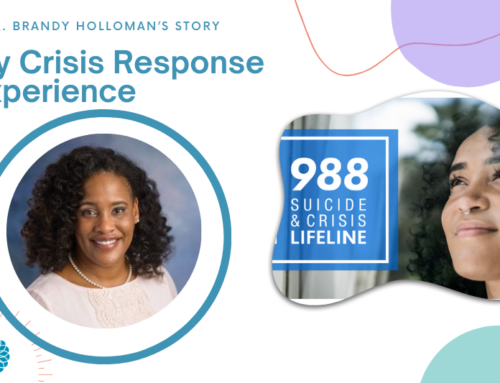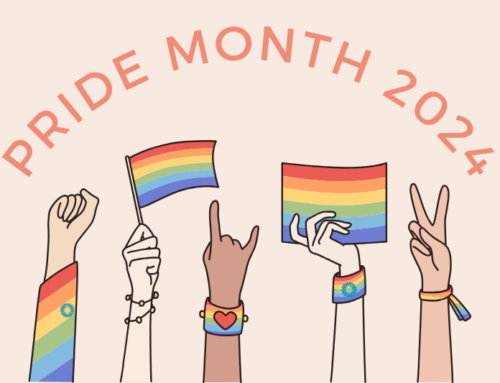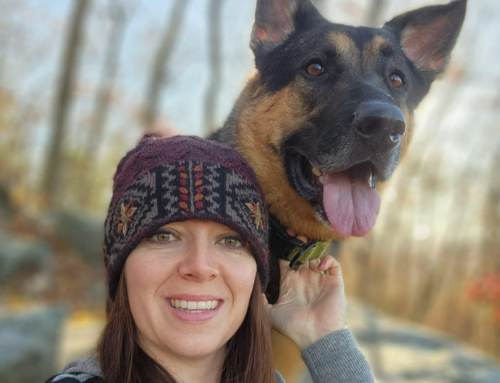For Change Matrix Founding Partner Dr. Suganya Sockalingam, incorporating equity into her work isn’t an afterthought, it’s the foundation. Suganya has an extensive background in cultural and linguistic competence, health inequities and disparities, cross-cultural communication, conflict management, and more. While involved in many projects, she primarily divides her time among the Technical Assistance Resource Center for the Maternal, Infant, and Early Childhood Home Visiting Program (MIECHV) and the Pacific Southwest Mental Health Technology Transfer Center (PS-MHTTC).
This April, as the nation observes National Minority Health Month, Change Matrix is taking care to celebrate the 2021 “Active and Healthy” theme. In addition, we’re choosing to highlight Suganya’s voice as a longtime trailblazer for equity in the field of health. She filled us in on her inspiration to do this work, when she learned that equity and health were tied to one another, and how she’ll be celebrating National Minority Health Month this year.
Why is equity something that is important to you?
It goes back to my childhood. I grew up in Malaysia, which was at that time a British colony. Malaysia was a multicultural paradise; it was wonderful. We were Malaysians first, but we also had different ancestry and different races and ethnicities, like Chinese and Malay and Polynesian and Indian all mixed. But when I was 13, a civil war broke out and one faction of the population decided that they now wanted to be the primary population there. Overnight, we all became second-class citizens. My father was really concerned. That meant that we wouldn’t get higher education, couldn’t get better jobs, couldn’t own businesses.
So he sent me to India to pursue an education. I went there when I was 13 and I came face-to-face with poverty in a way that I never had. And it was really shocking. I remember thinking, ‘This is awful. No one should go hungry. No children should go hungry.’ At that point, I switched from wanting to be a doctor to wanting to be a nutritionist. And I knew I wanted to work with the World Health Organization or UNICEF or any one of those kinds of organizations.
My break came when UNICEF had this three-country positive deviance project where they were looking at maternal caretaking behaviors that were effective because the children — even in very difficult, poverty circumstances — were thriving. So, UNICEF wanted to learn from these parents and see if they could come up with strategies for all families in socio-economically struggling countries. I worked on this three-country project — it was Nicaragua, Nigeria, and Indonesia. And I learned a lot and really learned what poverty can do and how, even in those circumstances, certain behaviors on the part of individuals mitigated poverty and allowed children to do well.
What work brought you to the U.S.?
I had an opportunity to work with the Women, Infants, and Children Nutrition program, so I started working in Washington. I was hired because I had a cross-cultural understanding and focus, and they wanted to really ensure that the services we offered through WIC really met the needs of diverse cultural groups. So I started focusing on making sure that the WIC program met the needs of Native American, African American, Hispanic/Latinx and Asian/Pacific Islander communities. We created and worked with several groups to design very culturally focused and specific nutrition and health guides for the WIC program.
Then I had an opportunity to go to Oregon and be the director of multicultural health there and, again, the focus was the great disparities for African Americans, Hispanic/Latinx, Native American, and Asian/Pacific Islander communities. So, for the four years that I worked on the multicultural track, I was working and going into the community and meeting community members and trying to deal with those disparities, which then brought me to Georgetown where I met [Change Matrix Co-Founders] Elizabeth [Waetzig] and Rachele [Espiritu].
I came to Georgetown to serve as the associate director for the National Center for Cultural Competence because at that time it was housed in Georgetown. So, as you can see, my whole career has been centered around addressing these kinds of needs.
How did you come to see equity and health as being tied together?
It has been a journey. Because, in the early stages, I think we looked at disparities. And, in fact, even before the social determinants of health were put out by the World Health Organization in 2011 when I was in Oregon, I remember having a conversation with the health leadership there. We were kind of lamenting the fact that, as public health people, we were dealing with the kinds of things that really didn’t impact the foundations of healthy living, which are the social determinants. But even as we were struggling in those years, I think we didn’t really touch the core issue, that 800-pound gorilla, that is race.
During this same time, the U.S. Department of Health and Human Services was putting out a regular, 10-year plan called Healthy People. In the beginning, they said, ‘Let’s try to reduce disparities,’ and in the year 2000 people said, ‘No, reducing disparities still allows for disparities to exist. We have to eliminate disparities.’ So, we started saying, ‘eliminating disparities.’ Except, nothing was changed.
And I think now, in retrospect, it never really changed a lot because we weren’t wanting to touch the structural racism that exists when you have systems and services that are so racialized. Without disrupting that, without dismantling that, you’re not going to make a difference in improving health and creating equity in how people receive services and their experience doing so.
When did you notice the term “equity” appearing in broader health-focused work more popularly?
Well, even in 2008, the three of us knew that this is the work that we wanted to do. We really wanted to address disparities, but even then, the language still wasn’t accurate.
We talked about addressing disparities and we never really acknowledged that many of the disparities exist because there are structural things in place that create them. I think it’s only, honestly, around 2015 or 2014 that equity became a word that we were beginning to use more of. And I think when we started this work in 2008 as Change Matrix, we were talking about diversity and cultural competence and it was only in about 2013, ‘14, ‘15, that sort of early- to mid-2010s, that our language shifted to equity.
It’s much broader than cultural competence because cultural competence is a process by which we can try to achieve equity, but equity is the lens through which we must view the services we provide and ensure that they are accessible. And that’s the shift that we’ve made.
Why is Minority Health Month Important to you?
It’s not that we don’t do minority health work throughout the year. At least at Change Matrix, we’re aware of it every day we do this work. But I think anchoring it to a month and being able to have a national conversation around that and bringing everybody to a shared space in which to think about it and explore it, I think is invaluable for addressing the issue.
I really think it’s nice to think about it in terms of all the different lives we reach. If we’re going to focus on this, then I think we need to reach out to the communities and the people who we work with and find ways and means to explore this issue so that we can have a conversation about it. And to then go out and search, and it’s so easy to do that, to identify the different resources that are out there to address that particular issue.
How are you going to observe it this year?
I’m thinking that when I’m doing things for the month [of April], I’m going to weave [the subject of Minority Health Month] in. That is my way of reminding and anchoring myself in that topic and sharing it with other people so it’s putting out those kernels of information and seeing where it takes root.
Learn more about Dr. Suganya Sockalingam’s work online on Change Matrix’s website.




